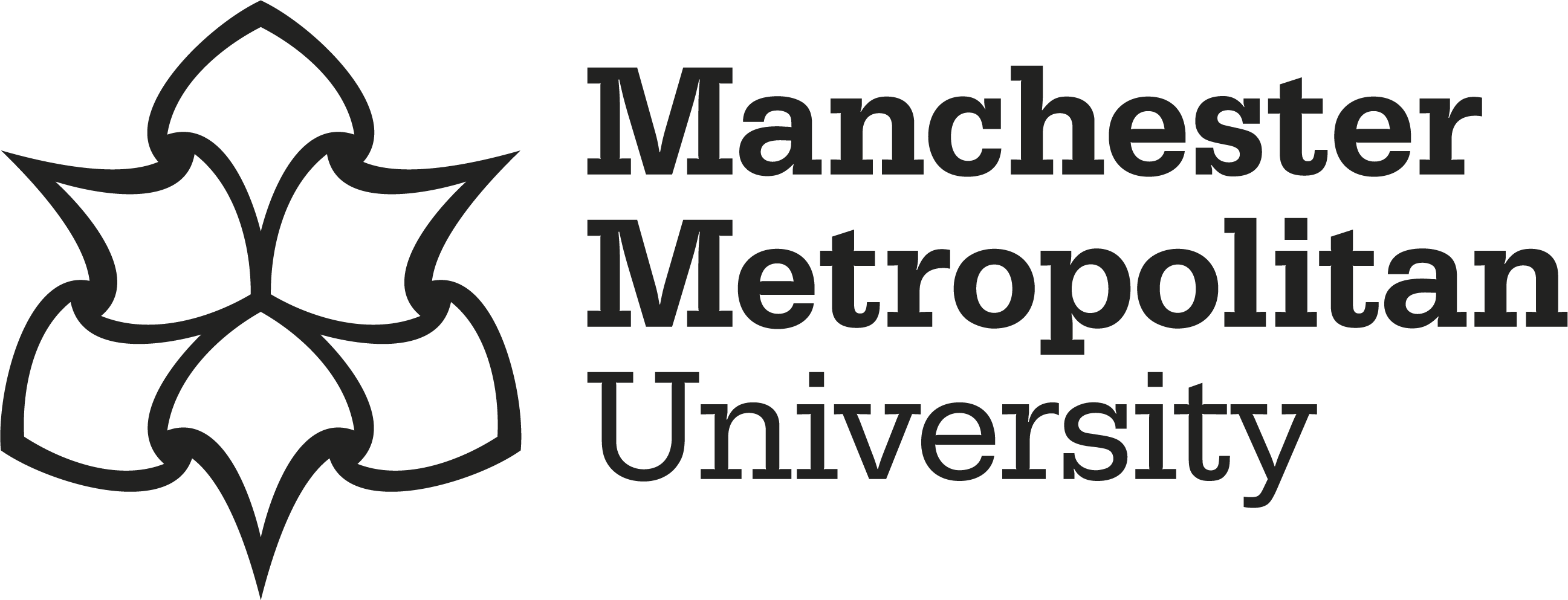Fatahian, Reyhaneh and Erfani, Rasool 
|
Published Version
Available under License Creative Commons Attribution. Download (2MB) | Preview |
Abstract
Electrospun nanofibers are widely studied in biomedical applications, particularly in wound healing, due to their high surface area, porosity, and structural similarity to the extracellular matrix. However, their clinical performance is often limited by poor mechanical strength and suboptimal surface properties, which hinder cell attachment and therapeutic effectiveness. Surface modification is therefore critical. Among available techniques, cold atmospheric plasma (CAP) has emerged as a highly effective, non-contact, and environmentally friendly method to functionalise nanofiber surfaces without altering their bulk properties. This review provides a comprehensive overview of electrospinning technology and explores how CAP treatment enhances the physicochemical and biological performance of electrospun nanofibers. Key improvements include increased surface wettability, enhanced cell adhesion, improved antimicrobial activity, and controlled drug release, making CAP-treated nanofibers particularly well-suited for advanced wound care applications.By synthesizing current evidence, identifying effective plasma treatment parameters, and evaluating clinical outcomes, this paper highlights the synergistic potential of combining electrospinning and CAP technologies. The review concludes by outlining future directions and challenges in translating plasma-modified nanofiber dressings into clinical practice.
Impact and Reach
Statistics
Additional statistics for this dataset are available via IRStats2.


